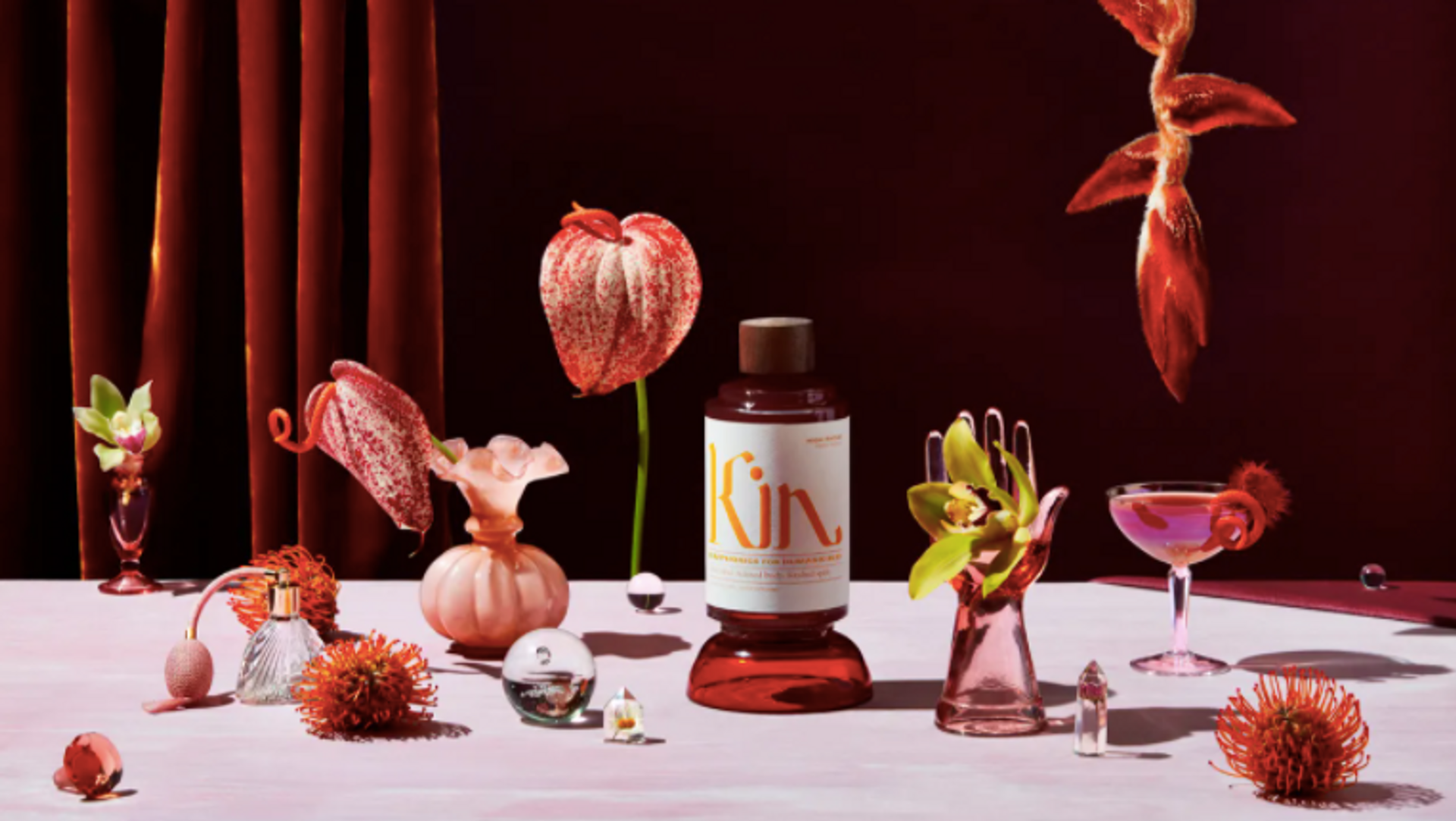The official story behind the popularization of monkey bread goes something like this:
In the 1940s, there was a buttery, pull-apart-able bread that was all the rage in Southern California. It was savory, not sweet, and often served with jam. Then, as Jewish Hungarian immigrants began coming to America this California 'monkey bread' was conflated with arany galuska, a dish like the original monkey bread, but sweet and covered in cinnamon and sugar. This sweet version proliferated in the mid-twentieth century, gaining widespread popularity after Nancy Reagan served the dish in the White House. But this is just part of the tale.
In 1596, a Dutch East India Company expedition landed in modern-day Indonesia for the first time. The Javanese, accurately predicting what the arrival of these men meant, were less than accommodating to their guests. As the Dutch workers began ransacking the Javanese forests in the pursuit of spices, the Javanese attacked the invaders, killing about half the crew and losing many of their own soldiers. Though the message that the Europeans weren't welcome was clear, the Dutchmen who did escape brought with them enough exotic seasonings to pique the interest of their comrades at home. The Indonesian spice trade had begun.
In the years that followed, the Dutch began their conquest of Java, taking control of much of the coastline, and driving the Javanese further inland. Through bloodshed and torture, the Dutch added large swathes of land to their fledgling empire and built an entire economy off of the trade of one key ingredient: cinnamon. In 1629, Jan Pieterzoon Coen, the governor of the Dutch East Indies, sent out a sortie of specially-trained soldiers deep into the heart of the Javanese jungle to hunt down and kill Sultan Agung Adi Prabu Hanyakrakusuma, the leader of the Javanese resistance, following the siege of Batavia, in which the Sultan failed to drive the Dutch from his land.
During their journey, Dutch forces met little resistance, and found nothing of note save for a strange temple with a statue of a monkey in front. It's been hypothesized that the statue was actually of the ancient Hindu god Hanuman, a deity whose theological significance is heavily debated by religious scholars. In the temple, the soldiers found gibbons dipping sweet breads into a sweet, syrupy mixture. The gibbons, frightened by the soldiers, ran off, leaving their treats behind. The soldiers were amazed at the taste of the bread and the warm, sugary goop that came with it. They didn't realize they were trespassing on holy grounds. What happened next is speculation, but legend says, the temple around them began to collapse, killing all but one man, a young Hungarian mercenary whose name has been since lost to history. After these events, the man stole a sack full of cinnamon and hopped on the next ship back to Europe. He spent the remaining years of his life trying to replicate the delicious syrup of Hanuman's temple. What he came up with was an early version of arany galuska, a recipe he was never truly satisfied with. He called it majom kenyér or 'monkey bread.'
Recently adapted from self-proclaimed foodie;
Ingredients:
1 1/2 Sticks Of Butter
1/2 Stick Of Canna-Butter
1/2 Cup Of Brown Sugar
1 Cup Of Sugar
2 Teaspoons Of Cinnamon
3 8-Ounce packets of buttermilk biscuits
Step 1

Heavily grease your bundt pan with butter and then preheat the oven to 350 degrees. Once that is done, cut each biscuit into four even pieces.
Step 2

Now combine the white sugar and cinnamon in a bag and roll each piece of dough in the mixture. Then line the dough up in the bundt pan so it is ready to go in the oven.
Step 3

Finally, in a sauce pan, combine butter, canna-butter, remaining sugar/cinnamon mix, and brown sugar. Stir regularly on low heat until it creates a syrupy mixture. Drizzle the mixture over pieces of dough in the bundt pan. Bake for 30 minutes. After it cooks, let the pan cool for 5 minutes, then flip it and let the cake fall out on to a plate to serve.
Enjoy this amazing and savory recipe at home! Look for more tasty infused edibles, in our upcoming new Edible section at Findkarma.com








